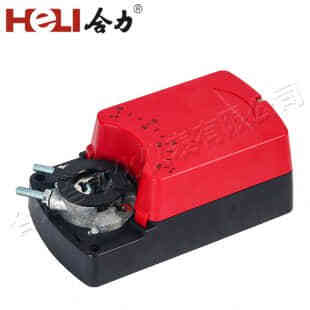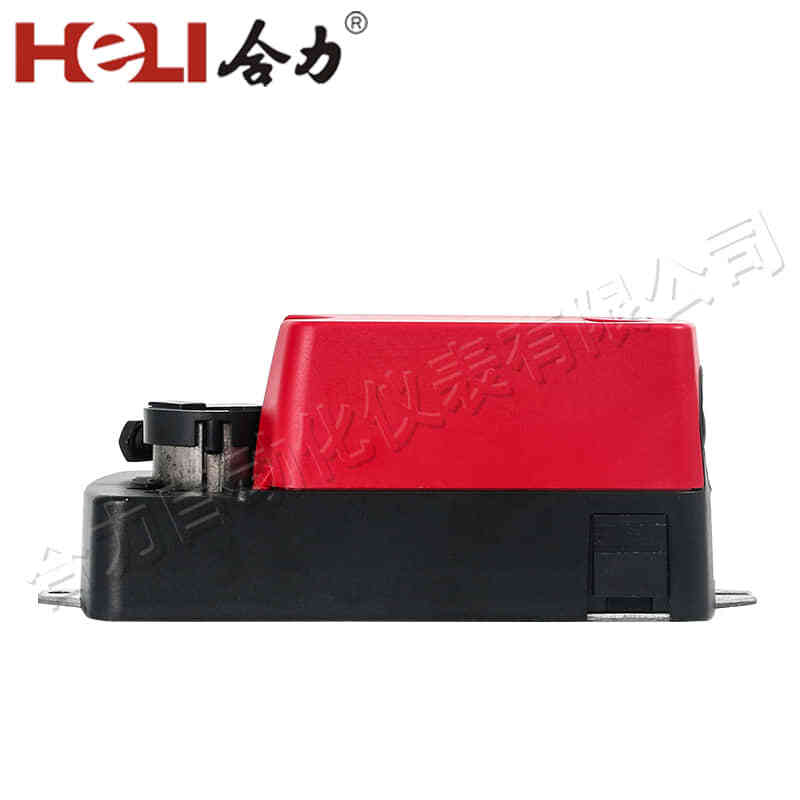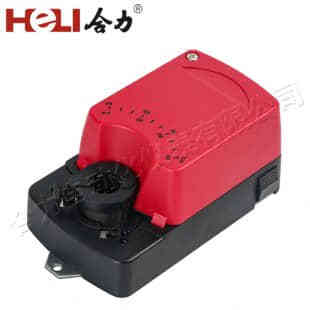Damper actuators play a crucial role in modern HVAC (Heating, Ventilation, and Air Conditioning) systems, helping to regulate airflow and enhance energy efficiency. These devices control the position of dampers—mechanical components that modulate airflow in ducts and ventilation systems. By adjusting the opening and closing of dampers, actuators ensure that the right amount of air is delivered to various areas, contributing to optimal indoor climate control.

The primary function of a damper actuator is to control the airflow within a ventilation system. They are equipped with motors that respond to signals from a building’s control system. These signals may be based on temperature, humidity, or occupancy levels. By using electric or pneumatic power, actuators can precisely position the dampers, ensuring that conditioned air is distributed evenly throughout the space. This precise control leads to better comfort levels for occupants and improves the overall efficiency of the HVAC system.

Damper actuators come in various types, including electric, pneumatic, and hydraulic models. Electric actuators are the most common, offering straightforward installation and easy integration with control systems. They use electrical signals to adjust the damper position, making them ideal for systems requiring rapid response times. Pneumatic actuators, on the other hand, utilize compressed air and are often used in large industrial settings. Hydraulic actuators are less common but can be effective in specific applications where high force is needed. One of the key benefits of using damper actuators is their ability to enhance energy efficiency. By optimizing airflow, they reduce the workload on HVAC systems, which can lead to significant energy savings. When dampers are correctly adjusted, systems do not need to work as hard to maintain desired temperature levels, ultimately resulting in lower utility bills. This efficiency is particularly important in commercial buildings where energy costs can be a significant portion of operational expenses.

Leave a Reply